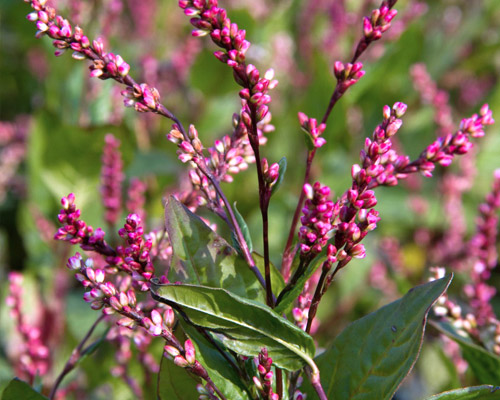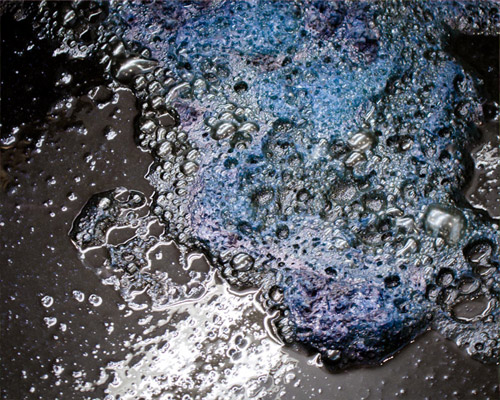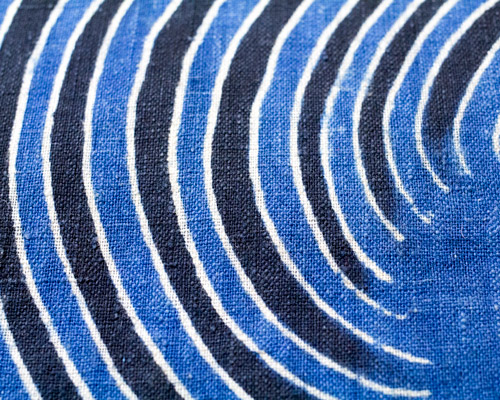


Indigo can be a color of leadership, of sacred significance, or of “blue collar” status. Indigo’s resilience has led to its use by farmers, fishermen, and workers from France to Japan, from China to America. Indigo is used in denim jeans, which can be considered a statement of the most casual, as well as the highest fashion.

Indigo-bearing plants have had a huge impact on our visual world. Once artists discovered plants containing the gift of blue, an infatuation with indigo began. Nothing compares with this dye’s ability to capture the blues of nature—a midnight sky, early dawn, or an impression of the sea. It can also define a mood—of melancholy, of mystery in the dark hues, or joy and vitality in lighter variations.

Indigo is a dye that demands discipline to use. With it, artists make textiles that can be considered feats of dedication to create. Some examples on view in Mood Indigo took thousands of hours to produce—requiring prolonged concentration akin to a meditative state. Others are made swiftly, but with highly specialized skill, and have a different kind of appeal.

Indigo is a familiar sight worldwide. Today, most indigo cloth is dyed with a synthetic product that was developed in the 19th century. This exhibition features indigo textiles primarily drawn from the museum’s collections, and just begins to illuminate its historic and geographic scope.